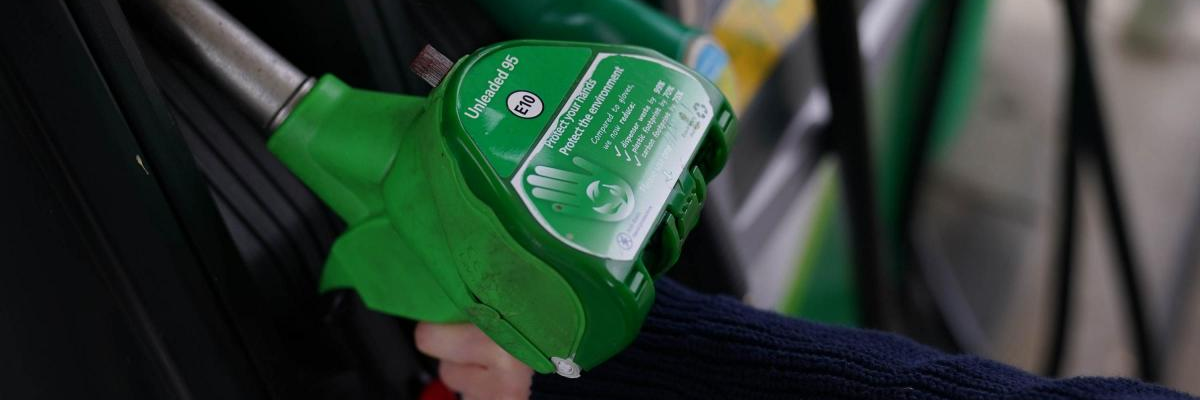Anya Hawkins's blog : Managing and Tracking a Fleet of Drivers

Any company that provides a delivery service must have the foundations in place in order to operate effectively and efficiently. A tracking and management system is an important part of the fleet setup to consider. It will be vital for your organisation to keep the drivers on the road and route them to several deliveries. Let's take a look at some of the tracking service benefits and what they may provide.
Many tracking systems have an operating system that a manager can use to communicate with the company. The tracker software provides enough customisation for all of their drivers and vehicles to be added, allowing them to route multiple delivery or collections for the drivers. It will be possible to track the drivers using an active map and check on the delivery status and deadlines. It also helps the tracking system to predict whether or not the delivery driver will be delayed by traffic.
When it comes to portraying your company, keeping an eye on driver speed is critical. Many courier services offer a tracking service that you may use via an email link or a phone app to monitor progress and notify the delivery driver of a safe delivery location. The tracking system will provide the company with many statistics about the driver's journey, including speed. Similarly, many tracking systems include a dashboard interface for the driver to utilise to sync any important orders from the base.
Types of tracking for business
When it comes to future-proofing a delivery service, tracking can be used in all parts of the fleet, from deliveries to fueling with company fuel cards. Let's look into GPS systems and do a quick comparison of the differences, as well as how company fuel cards are used.
A GPS software system will rely exclusively on a cellular connection; it is simple to set up and only requires a vehicle gadget. A GPS tracker system, on the other hand, is a hardware-based service that is put in automobiles. It will be more expensive than GPS software, but it will allow constant tracking without the need for cellular connectivity. GPS fleet tracking can also act as a deterrent to theft. Installing trackers on your delivery vehicles could help you recover cars that go missing if you own them. Having drivers use a key fob with GPS tracking fitted, on the other hand, allows you to know who is driving which vehicle at any given time.
Another type of tracking device is a circuit, which allows organisations to regulate driver efficiency more effectively. It's simple to assign a driver to a vehicle registration on any given day of work thanks to an interface that allows you to build up custom driver information and the ability to preset temporary drivers. If and when the company requires it, it will offer a delivery history log.
The use of company fuel cards
When you have a large fleet of delivery drivers, keeping a careful watch on cash flow and company expenditure can be difficult. Company fuel cards come in handy in this situation, delivering benefits to organisations of all sizes. Company fuel cards give you an invoice to claim the VAT back, in addition to saving you money and time dealing with the administration of paper receipts.
Business drivers may use their company fuel cards to get everyday low pricing at over 1,350 conveniently situated supermarket petrol station forecourts around the country. Every supermarket has a loyalty programme and a points system, and special offers are frequently available at particular seasons of the year. Every point system is dependent on the amount of money spent, and more money spent equals more points, which equals more money for your company.
There are a variety of company fuel cards to pick from, each with its own set of benefits. There are no-fee fuel cards, diesel fuel cards, prepaid cards, and among others. The key goal is to find the best one for your company and reap the benefits. The ultimate goal is to spend time analysing the size of your fleet, the type of business you have, how often you will use company fuel cards, the proximity of petrol stations to your business, and maximising the various rewards systems.


